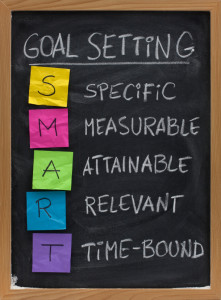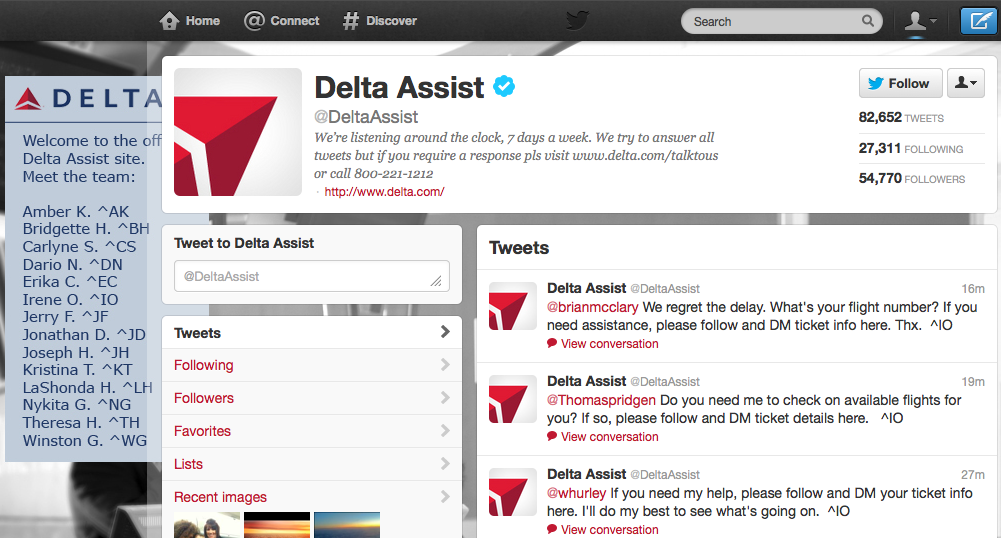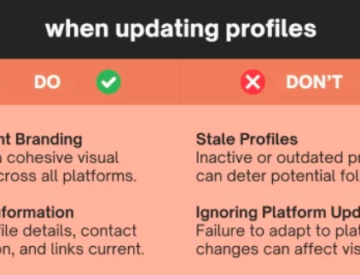Not a day goes by without some article or blog post referencing the return on investment (ROI) of social media, how to calculate it and how one can go about justifying efforts in this sphere in order to get additional resources. During the recent Social Media Success Summit, organized by the folks at Social Media Examiner, there was an awesome presentation made by Jason Falls on how to build an effective social media strategy based on seven key business drivers. Jason is the founder of Social Media Explorer and co-author of the book No Bullshit Social Media. This post is my summary and interpretation of his presentation.
Goals, objectives & tactics
Before any consideration is given to a social media strategy, it’s important to take a few steps back and remember what is the organization’s marketing plan. An effective plan acts as a road map and should include clearly stated goals, objectives, strategies and tactics as follows:
Goals
Goals are over-arching desired results that should be singular, unique. A marketing plan will usually include more than one, among the following examples:
- Increase sales per channel or at a specific point of sale
- Decrease costs allocated to customer service
- Increase traffic to web site
- Improve research & development insights
- Improve customer sentiment towards the brand
Objectives
Setting goals then leads to defining objectives an individual or an organization will want to achieve. Objectives should be SMART, that is: Specific, Measurable, Attainable, Realistic and Time-bound. Using the first goal stated above, an example of objective could be to increase sales conversion on the hotel’s mobile transactional site by 10% within the next 3 months.
Tactics
The goals are clear, the objectives are set, now comes the time to lay out the strategy and tactics. Based on target audiences and resources at hand, tools will vary between traditional media and online tactics. Once you’ve laid out the road map, moving into social media should answer one or many of the following seven business drivers, depending on your priorities and resources:
1. Enhance Branding & Awareness
Social Media is extremely powerful to help brands and organizations reach audiences through fans and followers’ extended network of friends and followers. Savvy marketers turn brands into publishers and more and more are turning to owned & shared media rather than paid media to get the message across.
A great example? How Million Dollar Shave Club built its subscriber and fan base through an extremely effective viral video that’s already been seen by close to 5 million viewers!
Examples of success metrics:
- Brand awareness pre- & post-campaign
- Audience reach pre- & post-campaign
- % variation in customer conversations about the brand
- Quantity of online conversations about the brand
2. Protect Your Reputation
Warren Buffett said it best: “It can take 20 years to build a brand’s reputation, but only 5 minutes to destroy it”. And with social media nowadays, a crisis can erupt when least expected, quicker than ever before. It is therefore important to have a presence on social platforms where customers and advocates are, in order to listen and engage, but also monitor conversations to see if and when there is a change in sentiment.
This is usually a sign of a looming crisis. A good example was with Qantas airlines, in the Fall of 2011, when a social media campaign backfired in the midst of collective agreement negotiations and commercial unrest. Click here for full story
Examples of success metrics:
- Quantity of positive/negative mentions for your brand
- Number of negative conversations mitigated through proactive engagement
- Search engine rankings of identified top key words
- Dollar value associated with online coverage, per positive/negative mentions
3. Enhance Public Relations
When a brand embraces its role as a publisher, its online presence thus becomes a much more potent public relations enabler. In the old days, it was essentially about sending out press releases, fostering good relations with journalists or holding PR events to have influencers talk about the brand.
Nowadays, brands are able to boost their own initiatives through fans and followers, blog and newsletters subscribers. Procter & Gamble does a great job in this sphere, with dedicated blogs catering to mommies or to digital dads. In a recent case, when a case of diaper rash hit with a particular brand of the P&G family, the company relied heavily on conversations within social media, where brand advocates and mommy bloggers could weigh in.
Examples of success metrics:
- Size of stakeholder groups
- Brand sentiment before vs after a given campaign
- Response time if and when a crisis arises
- Number of mentions, positive vs negative
4. Build Community
Social media is like the campfire around which storytelling takes place, dreams and aspirations are shared. Fostering hype and buzz around your product and service is probably what social media can do best, with efficient use of photos, videos, contests and savvy community management.
The travel and hospitality industry has taken advantage of this, in particular niches like sporting events, i.e golf, extreme sports, hockey, etc. The ski industry really gets this, and I personally like the example of Jay Peak resort, in Vermont (USA). They have a vibrant community of vocal snow lovers, across a variety of social platforms where the brand engages with them.
Examples of success metrics:
- Size of your community, per social media and overall
- Dollar value or estimated revenue generated per community member vs. non-member
- Referral and recommendations by community members
- Estimated value compared to or in combination with rewards program members
5. Enhance Customer Service
Many companies have embraced social media to resolve customer service issues and complaints, Twitter springing to mind with its quick reaction time. In fact, as of March 2012 there were over 190 airlines with active Twitter accounts and more than 72% of tweets handled pertained to customer service.
Ritz-Carlton and other luxury hotel companies monitor and engage via comments and check-ins made on Foursquare while other hospitality players discuss customer experience matters on their Facebook pages. If clients are there, venting, commenting or suggesting, your brand ought to be there responding, engaging, resolving.
Examples of success metrics:
- Number of issues resolved
- Cost-saving on customer service handling vs call center
- Variation in online customer mentions, positive vs negative
- Number of matters resolved, customers cross-selling or up-selling
6. Facilitate Research & Development
With such an instant and direct access, it’s somewhat startling to see how little most brands take advantage of crowd-sourcing fans, followers and subscribers to get their opinion about the product or service. Social media can facilitate research and development by giving this direct access where surveys and feedback can be gathered to improve services, develop new ones or mine for customer insights about trends in the industry or about the competition.
A good example was how Melia Hotels International unveiled new suites in its Madrid hotel, based on feedback gleaned through their Facebook fans. Click here for full story
Examples of success metrics:
- Number of new products or services launched
- Revenues generated from these new products or services
- Number of enhancements to existing products or services
- Revenues generated from these enhancements
- Decrease in R&D costs, i.e. less focus groups
7. Generate Sales & Leads
Last but not least is the sales aspect, which is what a majority of brands still use as their core metric and raison-d’être on social media. Yes, social media can be a potent ally in generating buzz and getting people through your doors if used wisely, as many retailers have found for example with Facebook offers. The principles behind the success of flash sales sites are the backbone of social media content virality, whereby people follow brands on Facebook or Twitter first and foremost for the deals and discounts.
LinkedIn is also considered a great platform when considering B2B, with many leads coming from conversations in groups, of which there are more than 1.8 million. If your niche is travel and hospitality, there are a few dozens groups that could worth your while.
Examples of success metrics:
- Sales & Leads coming from your social media networks, blog, newsletter
- Revenues yield per social media customer vs traditional customer
- Cost of acquisition per social media channel vs traditional customer
- Conversion rates in social media, using marketing attribution (not just last-click)
So there you have it. There are perhaps more than seven business drivers that could lead your brand to engage in an effective social media strategy, but the important thing is that your organization is clear as to why you are there, who you are trying to reach, and how you will measure success. Social media isn’t rocket science, but it ain’t voodoo either! 🙂











Leave a Reply